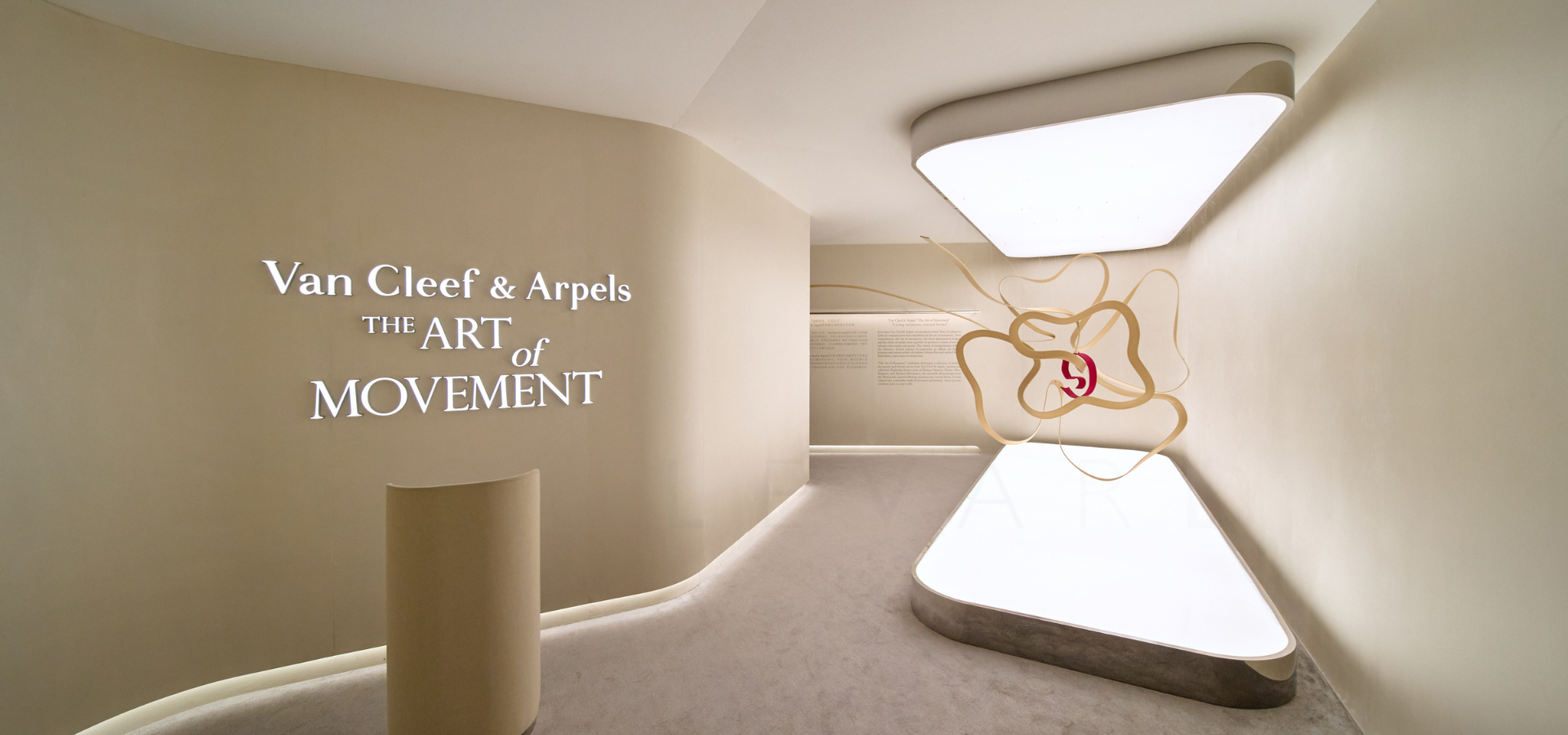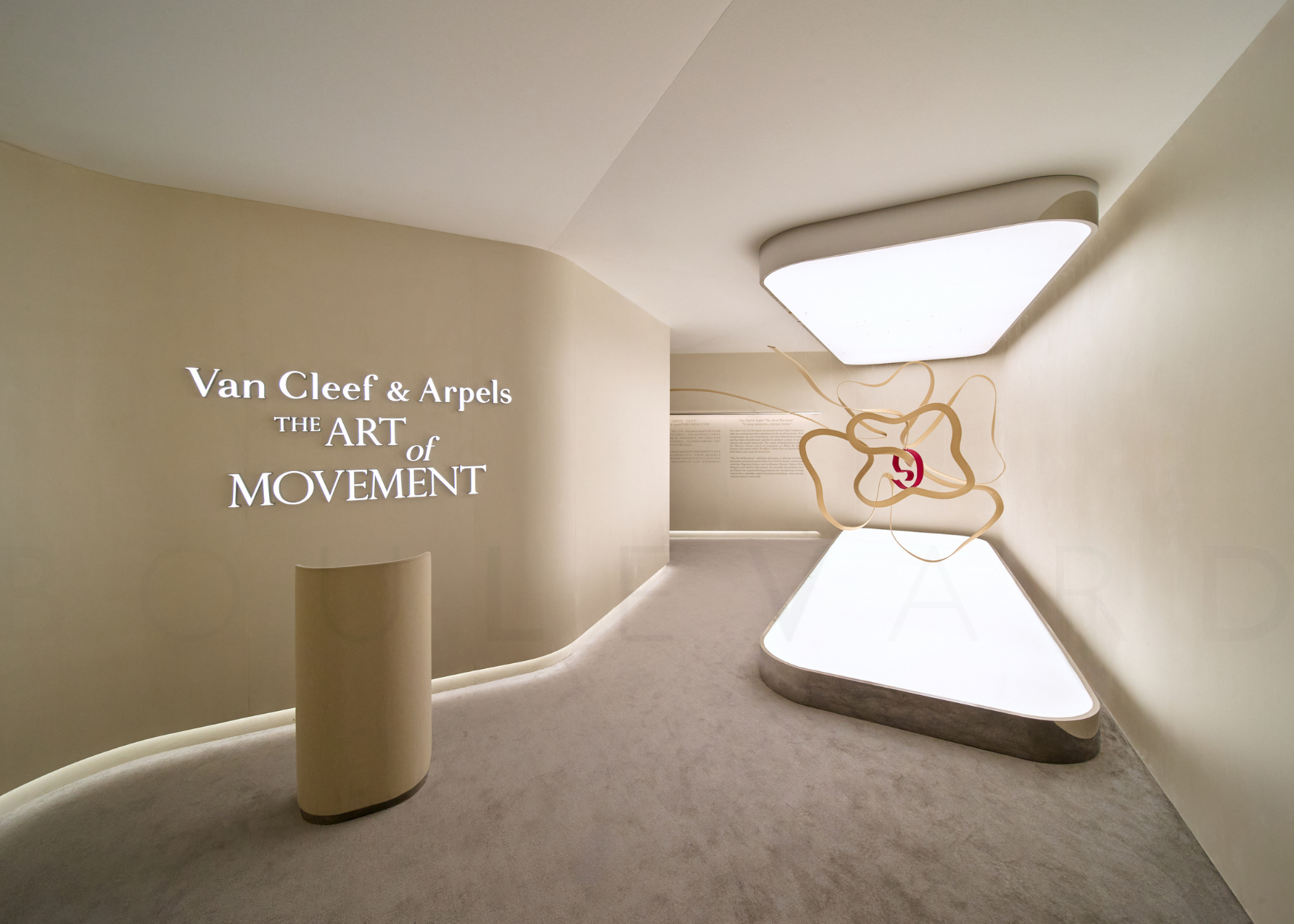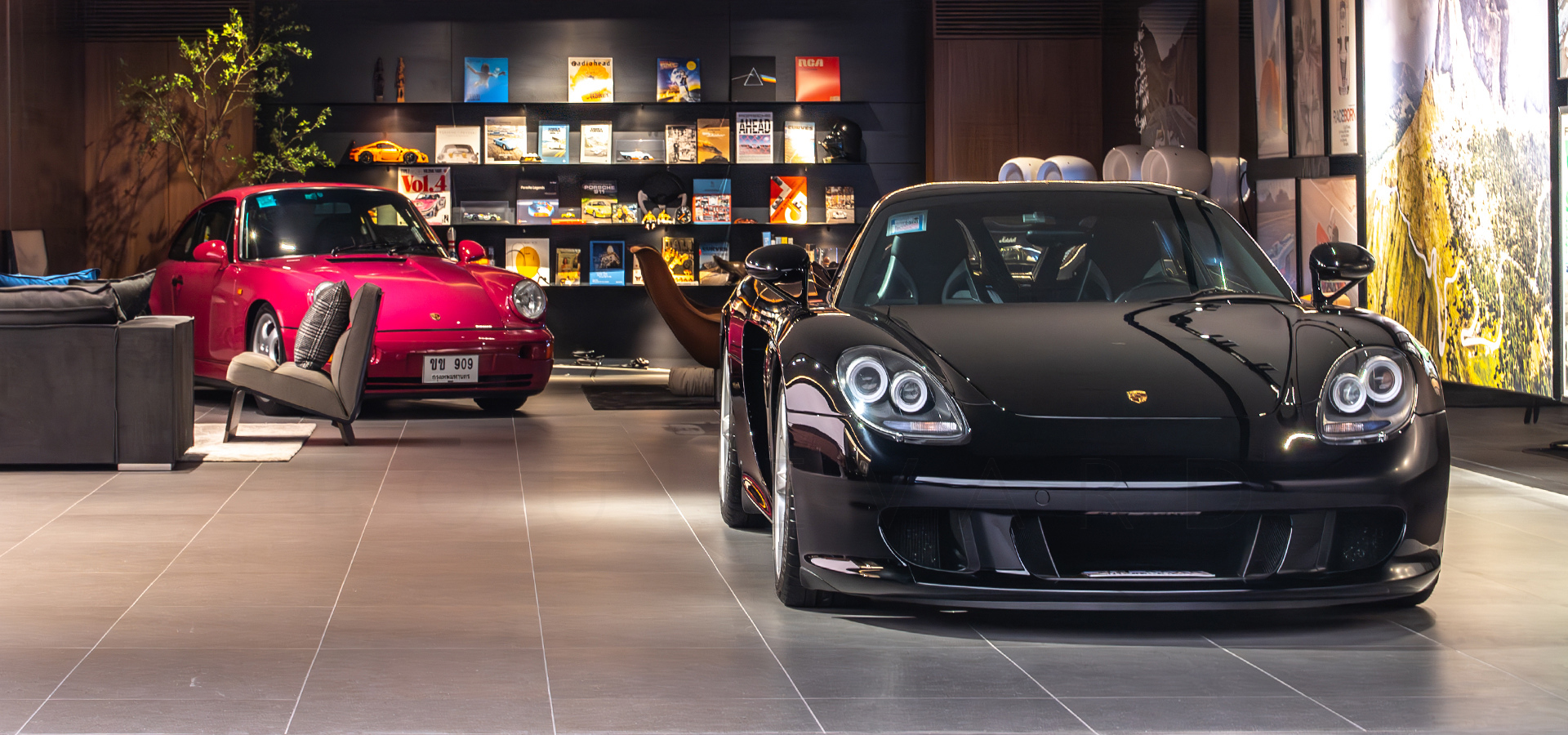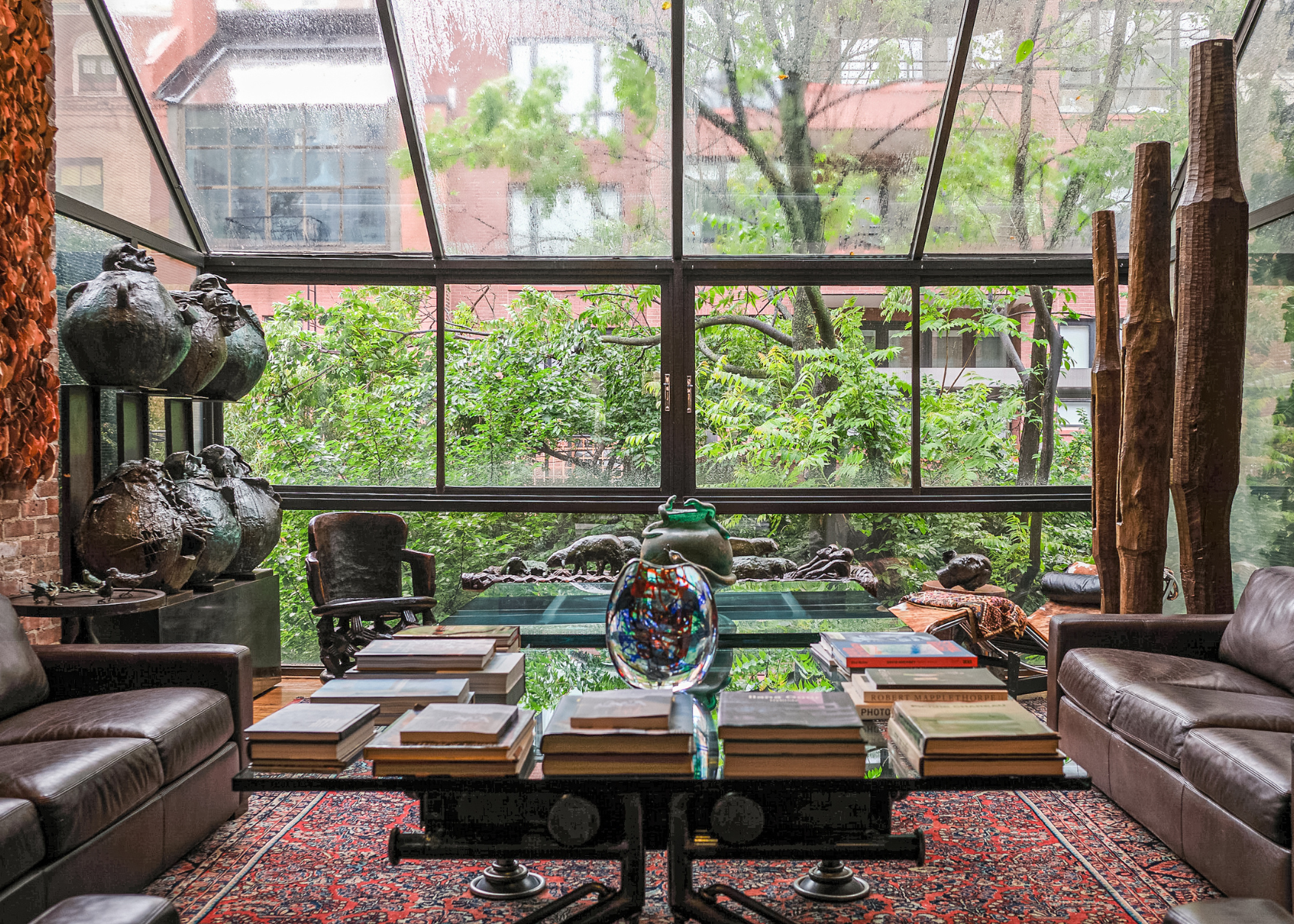Van Cleef & Arpels opens The Art of Movement exhibit in Sydney: A showcase of heritage and excellence
For over a century, Van Cleef & Arpels has pushed the boundaries of jewellery design, pioneering poetic techniques and setting new creative standards. To showcase its deep design heritage, Van Cleef & Arpels has unveiled The Art of Movement exhibit in Sydney, starting April 2025.
The exhibition has four themes: Human Odyssey, Nature Alive, Elegance, and Abstract Movements. Each one highlights the Maison’s 100 years of excellence and rich legacy, featuring over 100 creations from its patrimonial collection, a curated archive of some of the Maison’s historic masterpieces. It will also display 50 archival documents—including original jewellery sketches—which have inspired some of Van Cleef & Arpels’ most iconic pieces.
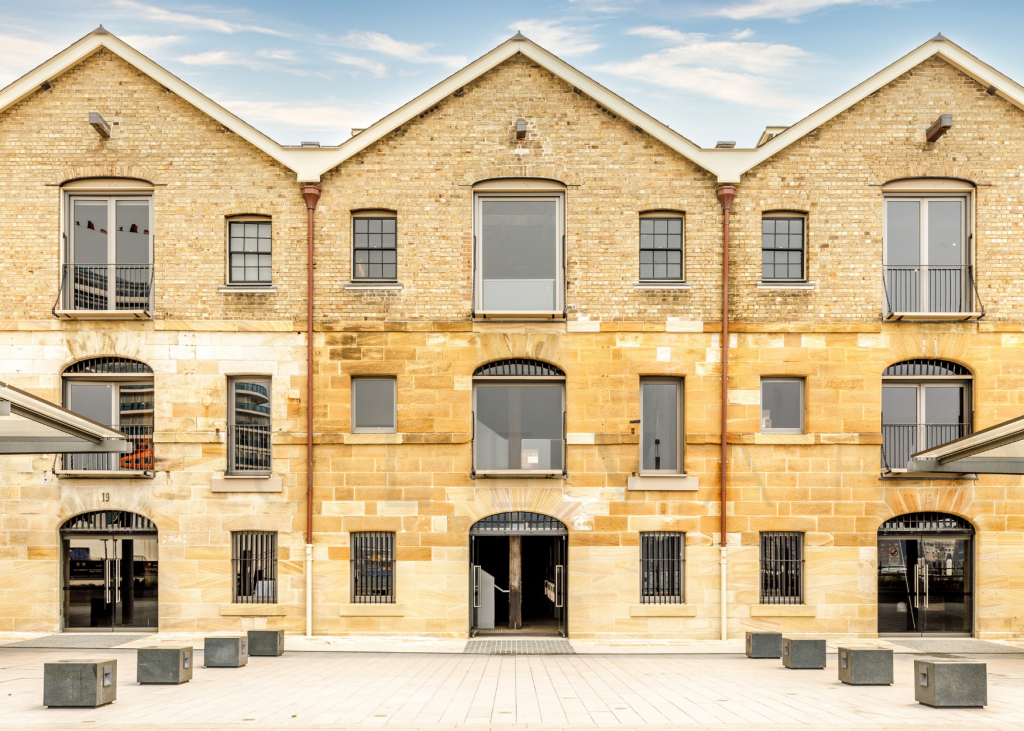
At its heart, The Art of Movement explores Van Cleef & Arpels’ singular ability to infuse still objects with a sense of life—crafting jewels that seem to dance, glide, or bloom with natural motion.
This can be seen within the Human Odyssey theme, which emphasises the rhythmic movement of the human body. It pays homage to the Ballerina clips, which were first created in the 1940s by Louis Arpels, who was enamoured by the dance form. One of the highlights is the Sequin Dancer clip from 1946, which depicts an elegant ballerina poised on the tips of her toes. She is crafted in yellow gold, and wears a tutu made from gold sequins and set with turquoise, and can be seen holding a bouquet of rubies.
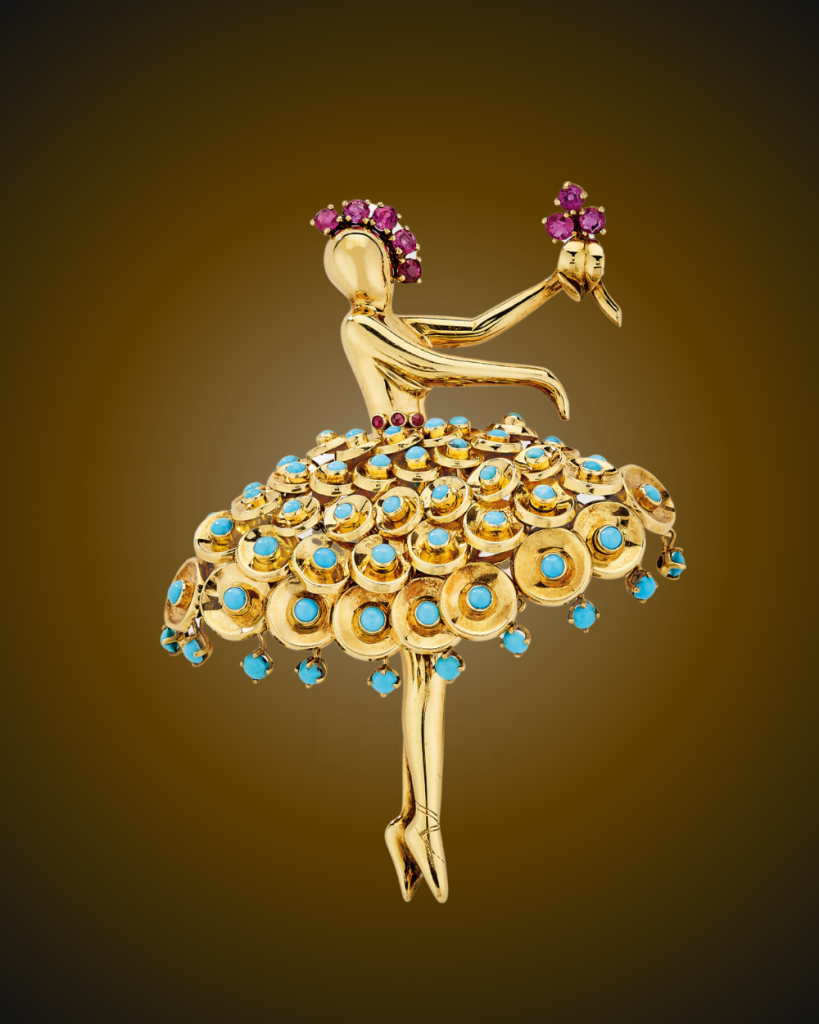
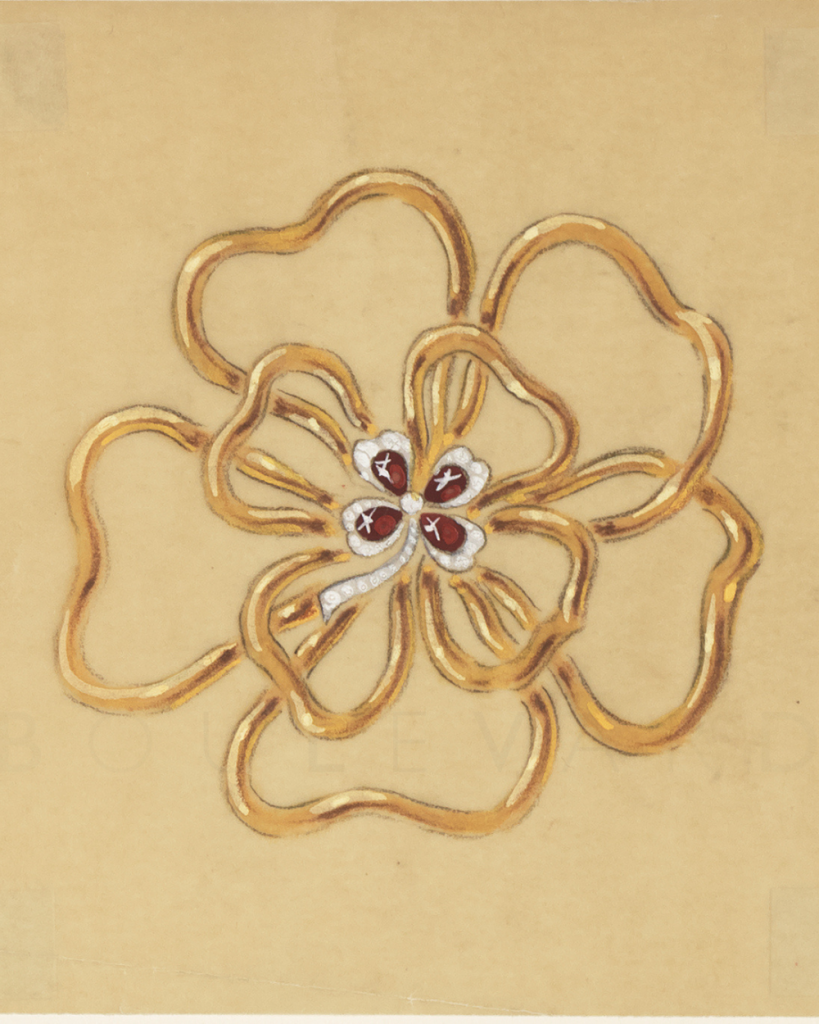
Left: Sequin Dancer clip, 1946, in yellow gold, set with rubies and turquoise. Right: Original sketch of the 1937 Silhouette clip.
The Nature Alive theme highlights flora and fauna-inspired creations such as the poetic gesture of a bird in mid-flight, or the delicate, feather-like flow of fern leaves in the 1942 Fern clip.
Elegance, on the other hand, is a theme that celebrates the graceful fluidity of tassels and ribbons—a feat that celebrates the savoir faire and craftsmanship of the Maison’s artisans, popularly known as the Golden Hands.
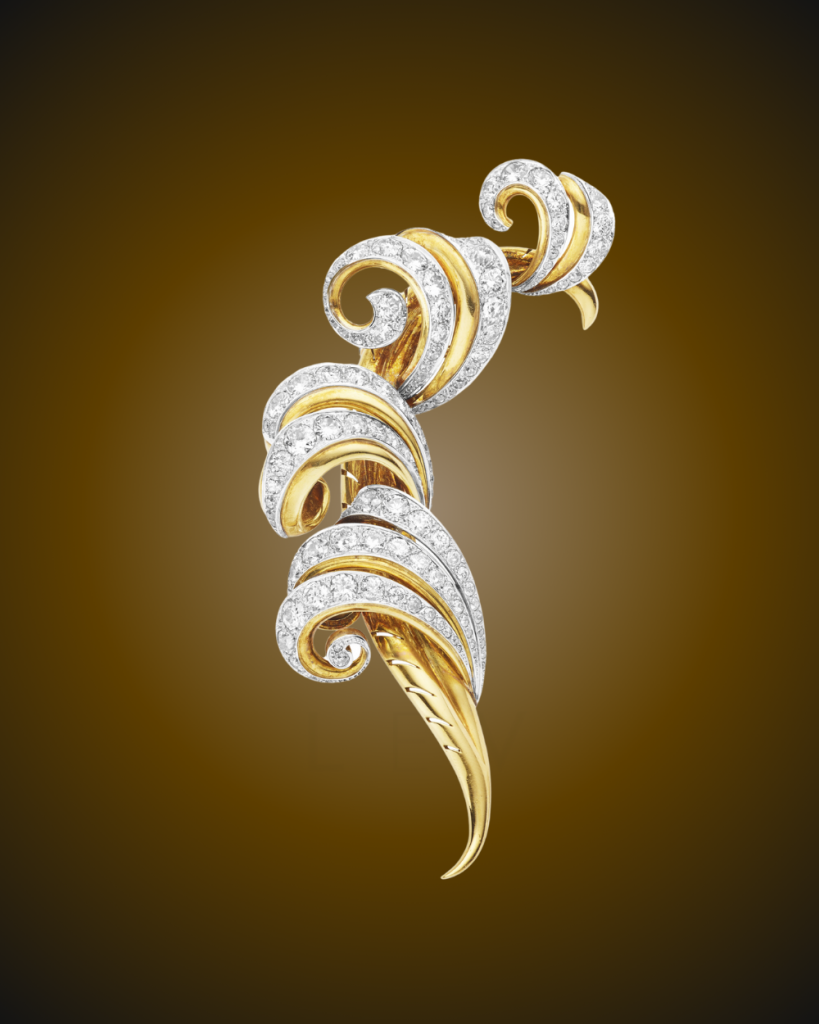
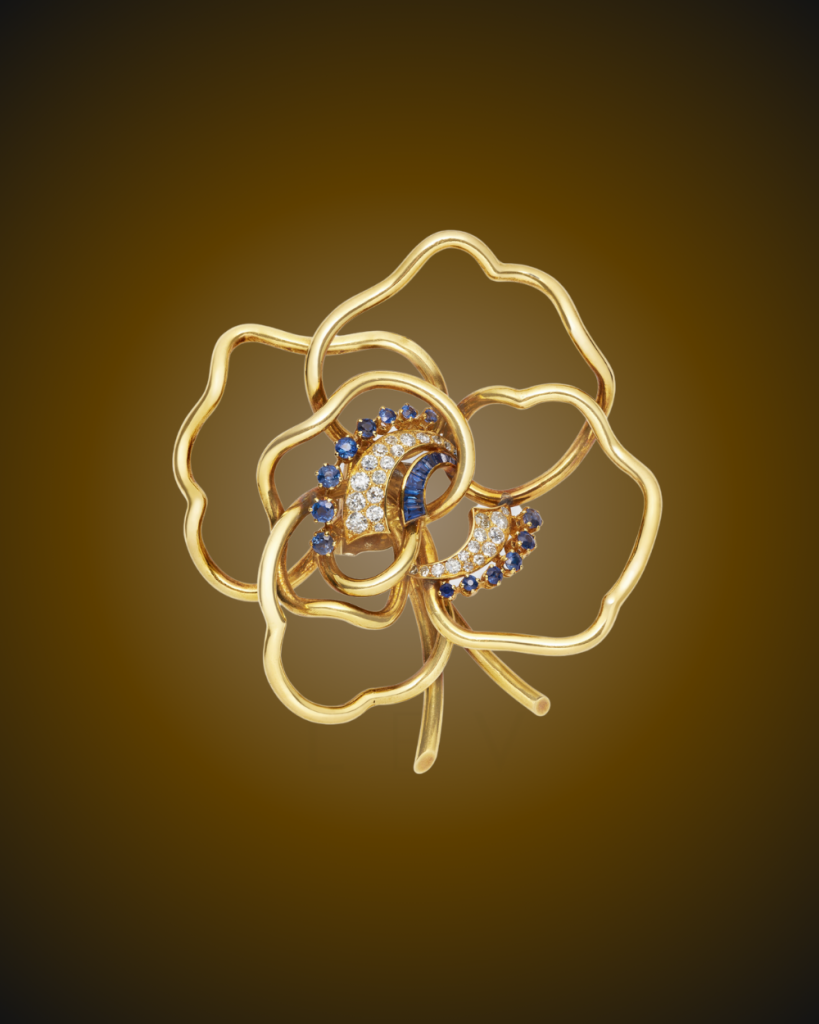
Left: Fern clip, 1942, in platinum and yellow gold, set with diamonds. Right: Silhouette clip, 1937, in yellow and white gold, set with sapphires and diamonds.
The 1941 Double clip offers a stylised, abstract interpretation of flowing ribbon forms. Crafted in platinum, the piece combines baguette-cut and round diamonds in a striking composition. Three delicate lines of calibrated sapphires further accentuate the design, adding a refined touch of colour and movement.
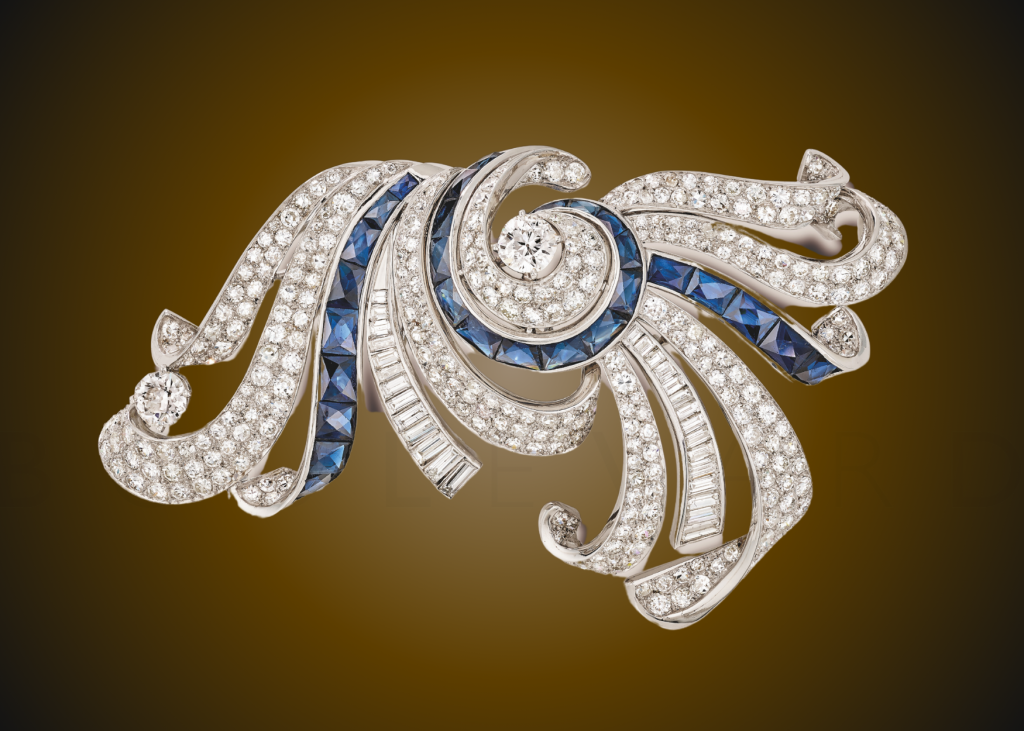
Above: Double clip, 1941, in white gold and platinum, set with sapphires and baguette-cut and round diamonds.
Lastly, the Abstract Movements theme presents jewellery pieces that draw inspiration from the rounded lines of Modernism and the allure of the 1960s. Elegant yet fun, the pieces are based on optical illusions that draw people into an interplay of visions. A prime example is the Silhouette clip from 1937, which uses negative space to highlight the yellow gold thread. It represents both a knot and a flower, with a crescent at the centre set with sapphires and diamonds.
The Art of Movement exhibit is located in the heritage landmark of Watersedge at Campbell’s Stores. Its doors will be open to collectors and enthusiasts alike, starting 11th of April until 8th of May.
Go further with Van Cleef & Arpels’ The Art of Movement exhibition.
Read next:
